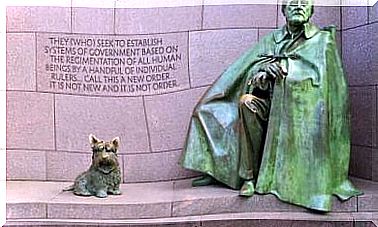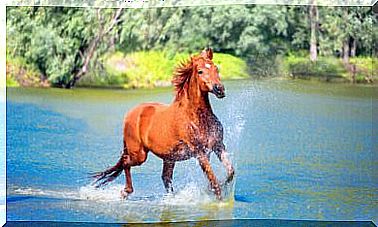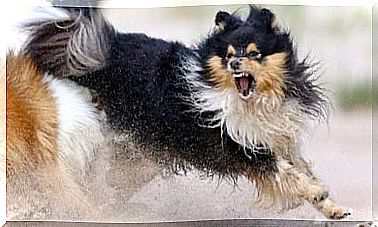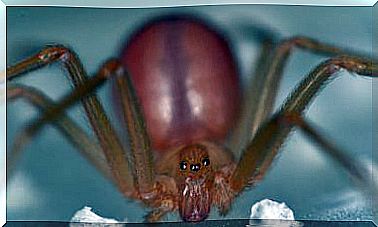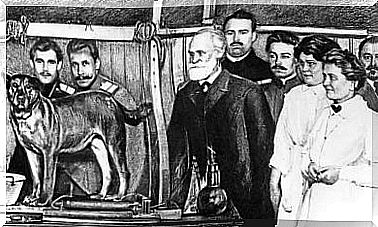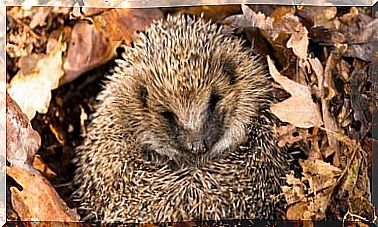Skin Cancer In Dogs
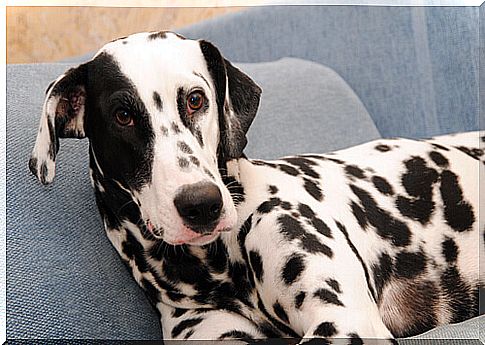
Skin cancer in dogs is more common in animals that spend a lot of time exposed to the sun and also in those who live in high regions. Another important factor to consider is the races: there are some more likely to suffer from this disease.
This type of cancer is due to the formation of a carcinoma in the outermost layer of the skin. Although there are more invasive tumors than others, carcinomas are considered malignant and invasive.
In general , the signs of skin cancer present as a mass of white skin. It can also be a lump, whose center turns dark and opens into a wound, with occasional bleeding.
Skin cancer tends to occur more frequently in small and light-haired dogs, while in large, black- haired dogs, carcinomas manifest mainly in their extremities. These tumors are more common in male and adult dogs, as females are more prone to breast cancer.
Causes of Skin Cancer in Dogs
The main cause of skin cancer in dogs is excessive exposure to UV rays. Therefore, and unfortunately, it is common to see stray dogs with carcinomas on their bodies.

As we have seen, the type of race has a lot of influence. Dogs such as terriers, Pekinese, boxer and dalmatians seem to be more prone to this disease, and the same occurs with hounds, bull terriers and poodles, among others.
How to tell if a dog has skin cancer
The initial symptoms are visible on the skin itself : they have common lumps on the nose, feet and scrotum, and some parts of the skin become thicker. A common way of presenting cancer is in the form of wounds that don’t close, or that look strange (uncommon).
In general, lumps often ulcerate and bleed, and can be confused with a wound or laceration. When the cancer is advanced, the dog may be weak and unappetizing, with weight loss, illnesses, may come to limp and even may have problems breathing and controlling the anal sphincter.
What to do when suspected of skin cancer
Before treatment, a diagnosis must be made. It is important that the owner is always watching his pet and that, in case of any anomaly, he goes to a specialist.
For the medical examination to be successful, the owner must contribute all the necessary information. For example, since when did you notice changes or what symptoms the dog has been showing; also if the animal has changed its routine or behavior, and even what its current mood is like.
Typically, the veterinarian performs a physical examination on the dog. He will examine the lesions and abnormalities in your nodes, as if they are swollen, it is a symptom of an infection. If there is any suspicion of cancer, it is possible that the specialist will take the dog to other tests, such as blood tests and X-rays.
Treatment of skin cancer in dogs
Only an accurate diagnosis can determine the right treatment for skin cancer in dogs, hence the importance of getting to the vet in time.
- The most common treatment, when it comes to cancer that is not advanced, is surgical intervention. If it is a small tumor, the extirpation will be localized and minimally invasive.
- In the case of large tumors, the intervention will be greater, which can compromise other tissues. It is also possible that you may require chemotherapy or radiotherapy treatment, according to the specialist’s opinion.
- Another form of treatment can be homeopathy, which is a type of procedure that also helps to improve the patient’s quality of life.

How to prevent skin cancer in dogs
The simplest way to avoid skin tumors is to limit exposure to the sun, as tours must be carried out before 10:00 am and after 4:00 pm.
In situations where the animal will be exposed to the sun for a long time, sunscreen should be applied to it, especially on the nose, ears and extremities, as these regions are prone to carcinoma.
Finally, when bathing and caressing, feel the animal to identify any possible anomaly, if you find any, it is recommended to go to the veterinarian.

